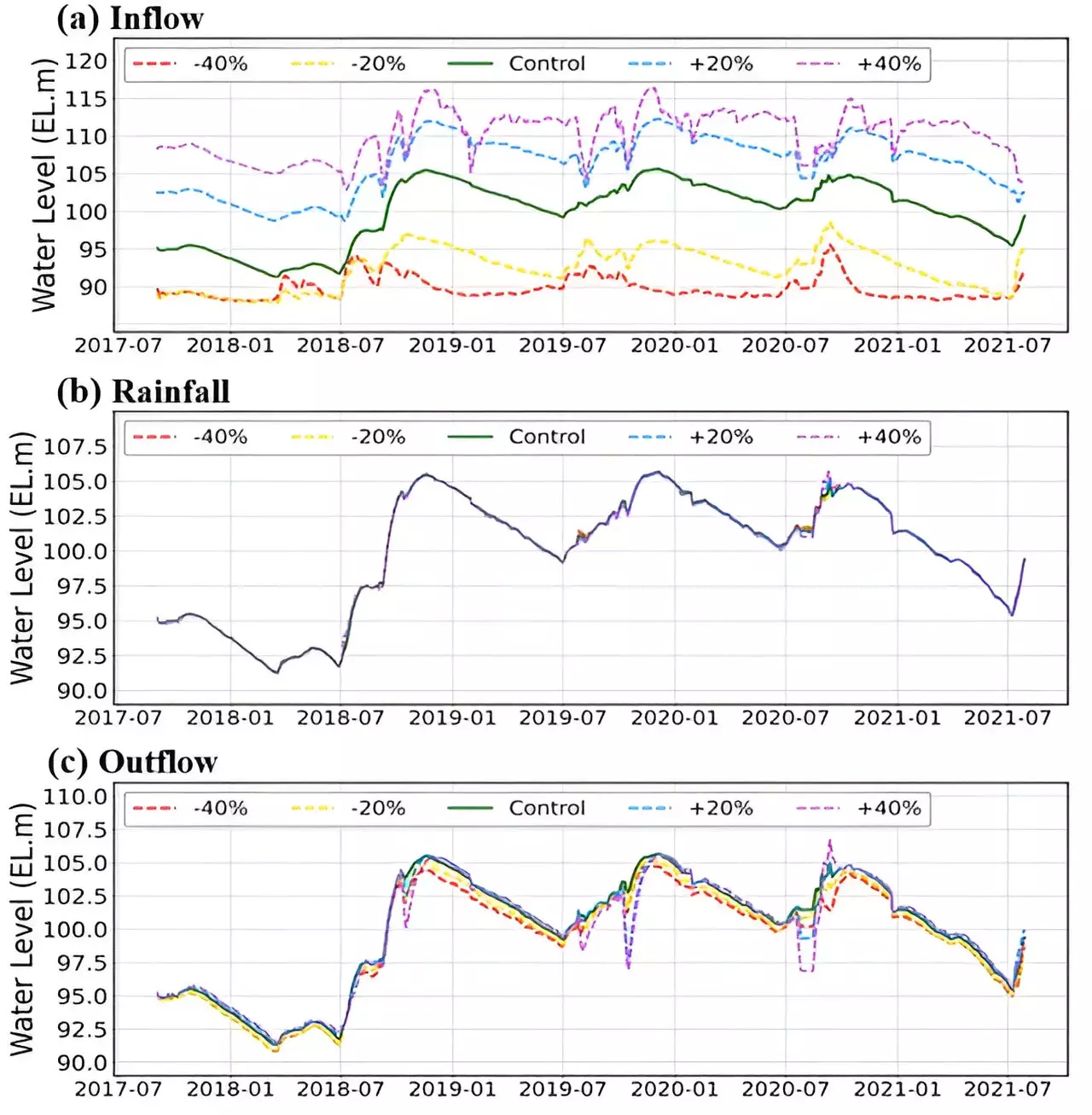In August 2020, a devastating incident occurred in Korea when a dam near the Seomjin River experienced overflow during a water release, resulting in damages exceeding 100 billion won. This incident could have potentially been averted with the implementation of predictive dam management. Recognizing the importance of proactive measures, a research team from Pohang University of Science and Technology (POSTECH) has utilized deep learning techniques to analyze dam operation patterns and assess their effectiveness.
Korea heavily relies on dams for water management, especially during the peak summer season with its high precipitation levels. However, the increasing threats posed by the global climate crisis, such as typhoons and droughts, have made dam operations more complex. In response to this challenge, the research team aimed to surpass traditional physical models by harnessing the potential of artificial intelligence (AI) trained on extensive big data.
The team’s objective was to develop an AI model capable of predicting the operational patterns of dams within the Seomjin River basin, including the Seomjin River Dam, Juam Dam, and Juam Control Dam. They also sought to understand the decision-making processes of the AI model. By employing the Gated Recurrent Unit (GRU) model, a deep learning algorithm, the team trained it using data from 2002 to 2021 from dams along the Seomjin River. Inputs such as precipitation, inflow, and outflow data were used, while the hourly dam levels served as outputs.
The analysis of the AI model demonstrated remarkable accuracy, with an efficiency index exceeding 0.9. The team then explored various scenarios by manipulating the input variables. They tested changes in precipitation, inflow, and outflow by increments of -40%, -20%, +20%, and 40%. The results showed that while changes in precipitation had a negligible impact on dam water levels, variations in inflow had a significant influence. Furthermore, altering outflow led to different water levels at distinct dams, further confirming the AI model’s ability to learn the unique operational nuances of each dam.
The research team’s study went beyond predicting dam operations patterns; they aimed to securitize their effectiveness using AI models. By understanding the decision-making processes of the AI model, they gained valuable insights into how to enhance dam management. Professor Jonghun Kam emphasized the importance of this approach, highlighting the potential benefits of using AI to improve dam operations and mitigate the risks associated with extreme weather events.
The application of artificial intelligence in predicting dam water levels has shown promising results. The research conducted by the team from POSTECH highlights the potential of AI models, specifically the GRU model, in accurately forecasting dam water levels and understanding the intricacies of dam operations. With such advanced tools, the future of dam management looks optimistic, providing opportunities to proactively address the challenges posed by climate change and ensure the safety and effectiveness of these critical infrastructure systems.


Leave a Reply